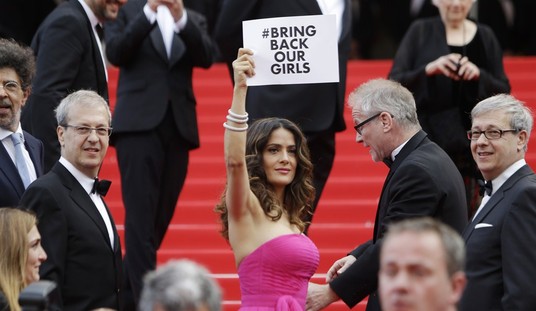It may sound counterintuitive given the state of the economy, but the power of discretionary spending has never been higher. Consider the thousands of Americans losing jobs every day. For most of them, unnecessary expenses are the first budget items to be cut as they tighten their belts and look for more work. Even the still-employed know, with few exceptions, that there is no such thing as job security anymore. In an economy like this, every household penny has to go farther. As a result, where we spend our discretionary dollars and what we spend them on can have serious impact.
Last fall, high-end retailer Saks Fifth Avenue slashed prices by 70% in an effort to jump-start the holiday shopping season. The move set off a domino effect. Neiman Marcus and Barney’s quickly followed suit, then brands with their own retail outlets joined the fray. They had to, or shoppers would have steered clear of their stores in favor of savings offered elsewhere.
This trend isn’t limited to high-end retailers. Computer purchases are often discretionary items, with consumers buying a second or third machine solely for their kids. As a result, manufacturers in the tech industry are cutting costs, too. Dell’s $250 Netbook, for instance, represents what Wired refers to as “a race to the bottom.” Lesser known makers of HDTVs are cutting their prices in the hope of wooing value-conscious consumers.
Wherever you look in the discretionary spending sector — cruise trips, hotel stays, airline travel, wireless services, broadband, even the cost of Blu-Ray DVDs — prices are dropping because so few consumers are willing to shell out for things that ultimately won’t put food on the table or keep a roof over their head.
At first glance it might seem like the conditions are ripe for those whose finances are a bit more rosy to make a killing, but the fact is we all stand to gain. Sure, many formerly premium stock prices are low, which can be enticing to those with a few thousand dollars they’re willing to risk today for a big payoff whenever the country recovers. But the cash-flush aren’t the only ones with power here. When discretionary spending is tight all over, those willing to spend discretionary money have a greater say in the industries seeking their money.
Take the entertainment industry, for example, and the movie industry in particular. Ticket prices have remained fairly stable, but the cost of popcorn has gone up. And the quality of the movies being offered? Please. I give you He’s Just Not That Into You as an example of how Hollywood isn’t that into providing value for your entertainment dollar. Despite being roundly drubbed by critics and moviegoers alike, the movie was still the #1 box office draw.
Or consider the products advertised by professional huckster Billy Mays, he of the loud grating voice that practically screams at you from your television set. There’s no shortage of people who despise his advertising style and say they immediately change channels the instant he begins yelling about whatever new product he’s endorsing, yet sales figures show that his method leads to increased sales. The result? More Mays on television screaming about more products.
Here’s the thing about those discretionary dollars we’re spending when spending any dollar is hard: they matter now more than ever. With so many people struggling just to keep a roof over their heads and food on their table, consumers are supposedly searching for good values in return for their leftover money. When we spend those dollars, we’re effectively saying: “Yes, I think this is good. More, please.” This delivers a powerful message to manufacturers about what we, the consumers, want in exchange for our money, as well as what we won’t put up with. Starbucks charging four bucks for a latte when McDonald’s sells them for two dollars less? Send a message that calling someone a “barista” instead of a server doesn’t add value that you’re willing to shell out for. Movie theaters that charge six dollars for a small box of popcorn when you’ve already paid through the nose for your ticket? Eat before going. They’ll get the message and drop concession prices eventually. Fashion designers charging $350 for a dress put together overseas by workers paid less than three dollars per day? Seriously, is wearing a designers name worth $347?
This is the new paradigm that manufacturers and retailers are going to have to accept and deal with: that we’re learning to stretch our dollars, and while we have no problem with them making a profit, we aren’t about to pay 10 times more for their goods than they are worth. As our budgets shrink, their profit margins have to as well, and not just in the short term. The days of inelastic demand are over. We’re no longer willing to pay whatever it takes to get what we want. If businesses want our business, their first task is to address consumer demand for higher quality. And our task, as consumers seeking to avoid another recession, is to hold out until they meet our demands by holding fast to our dollars, spending them only when profit margins don’t exceed the value we get for our bucks.
Vote with your dollars in favor of products and services that are worth their asking price while you have the power, folks. Corporations will get it, or they’ll go out of business and make room for those which do. Just ask Wal-Mart.









Join the conversation as a VIP Member